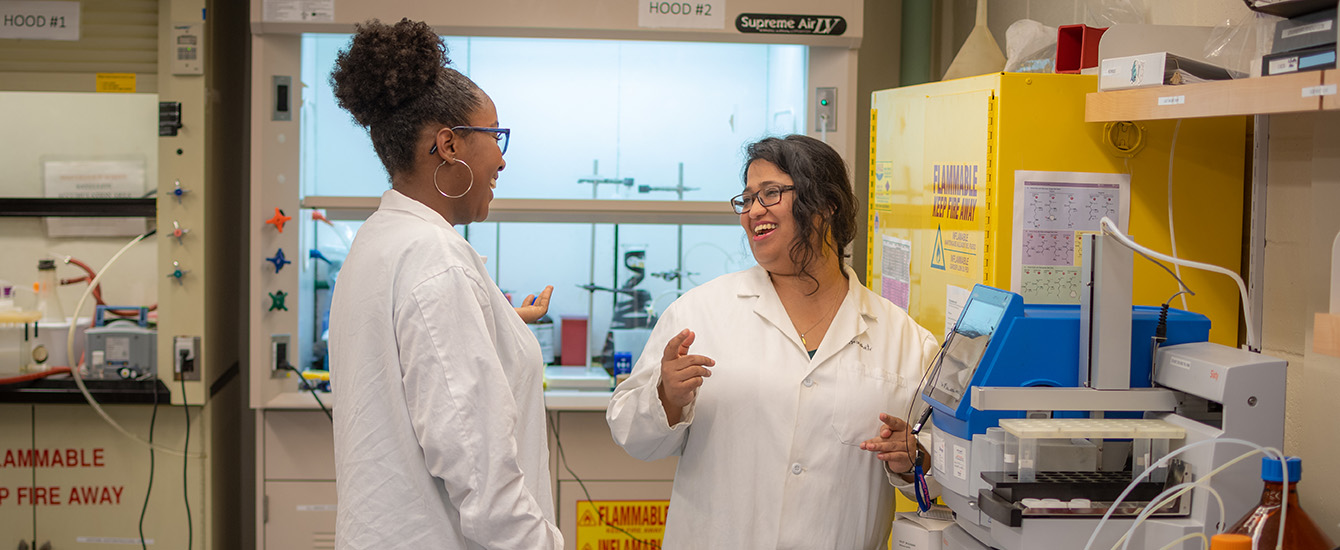Chemistry
Document Type
Article
Abstract
Maintaining genomic stability and properly repairing damaged DNA is essential to staying healthy and preserving cellular homeostasis. The five major pathways involved in repairing eukaryotic DNA include base excision repair (BER), nucleotide excision repair (NER), mismatch repair (MMR), non-homologous end joining (NHEJ), and homologous recombination (HR). When these pathways do not properly repair damaged DNA, genomic stability is compromised and can contribute to diseases such as cancer. It is essential that the causes of DNA damage and the consequent repair pathways are fully understood, yet the initial recruitment and regulation of DNA damage response proteins remains unclear. In this review, the causes of DNA damage, the various mechanisms of DNA damage repair, and the current research regarding the early steps of each major pathway were investigated. © 2024 by the authors.
Publication Title
International Journal of Molecular Sciences
Publication Date
2-2024
Volume
25
Issue
3
ISSN
1661-6596
DOI
10.3390/ijms25031676
Keywords
base excision repair, DNA damage, DNA damage response, homologous recombination repair, mismatch repair, non-homologous end joining repair, nucleotide excision repair
Repository Citation
Waters, Kelly and Spratt, Donald E., "New Discoveries on Protein Recruitment and Regulation during the Early Stages of the DNA Damage Response Pathways" (2024). Chemistry. 28.
https://commons.clarku.edu/chemistry/28
Cross Post Location
Student Publications
Creative Commons License

This work is licensed under a Creative Commons Attribution 4.0 International License.
Copyright Conditions
Published course must be acknowledged with citation: Waters, K. L., & Spratt, D. E. (2024). New Discoveries on Protein Recruitment and Regulation during the Early Stages of the DNA Damage Response Pathways. International Journal of Molecular Sciences, 25(3), 1676.



